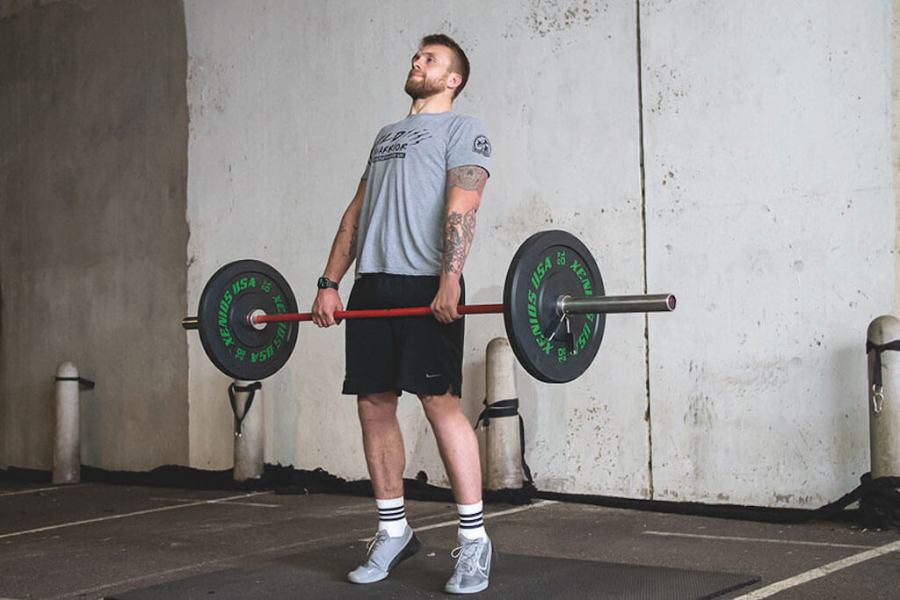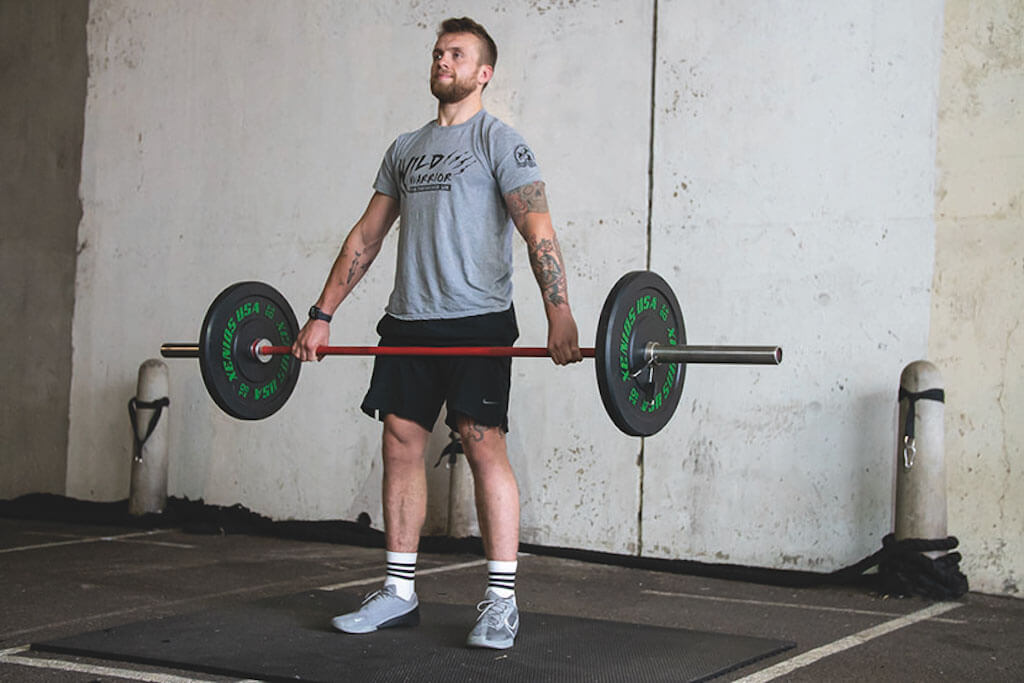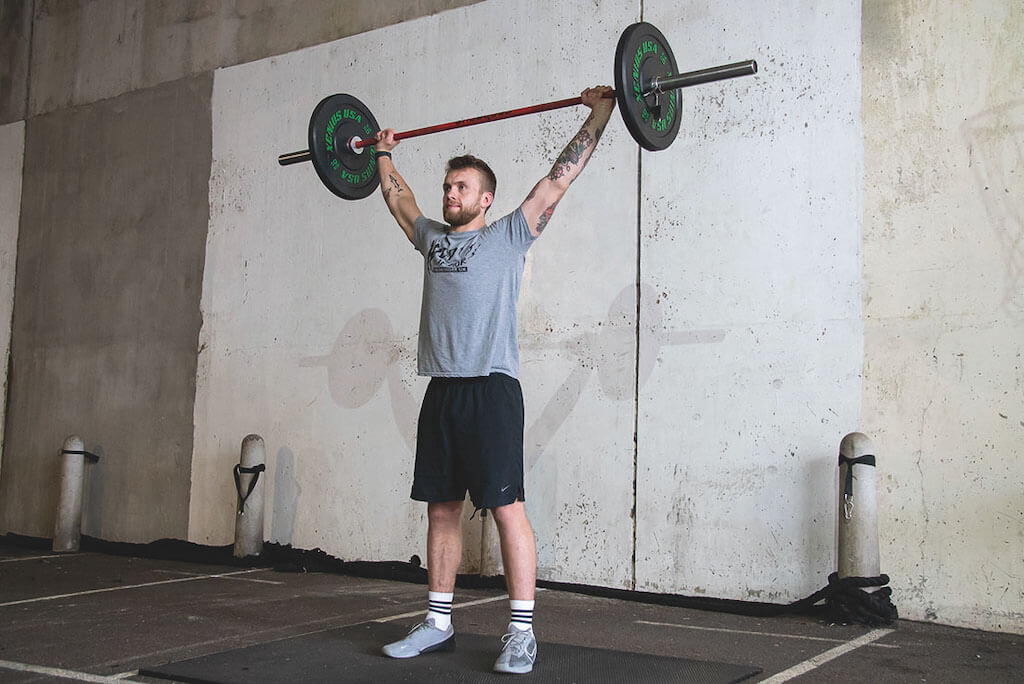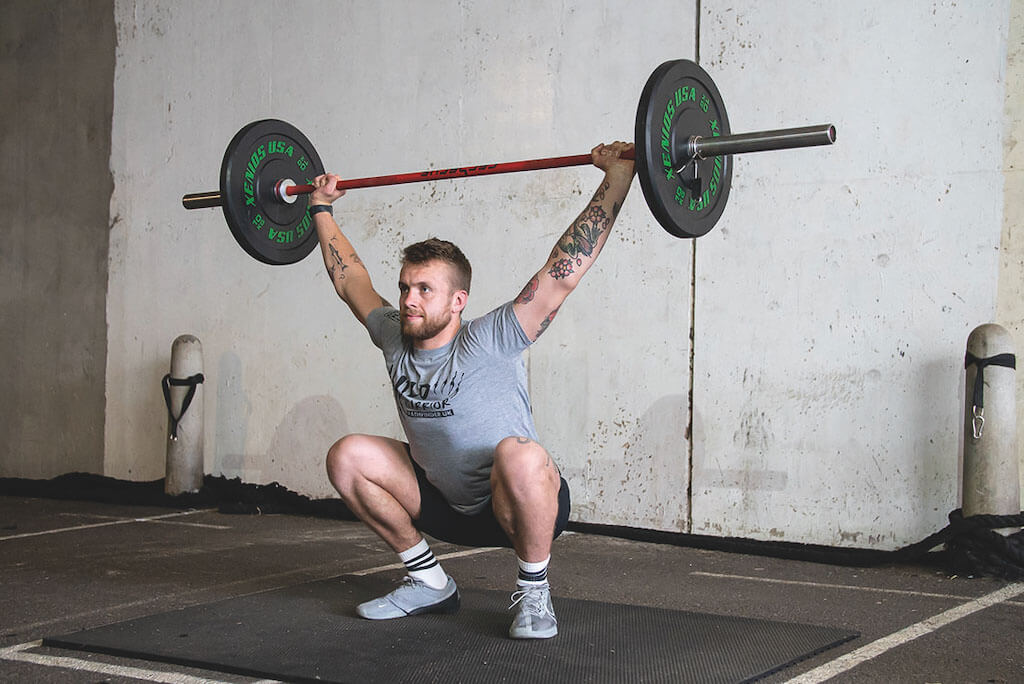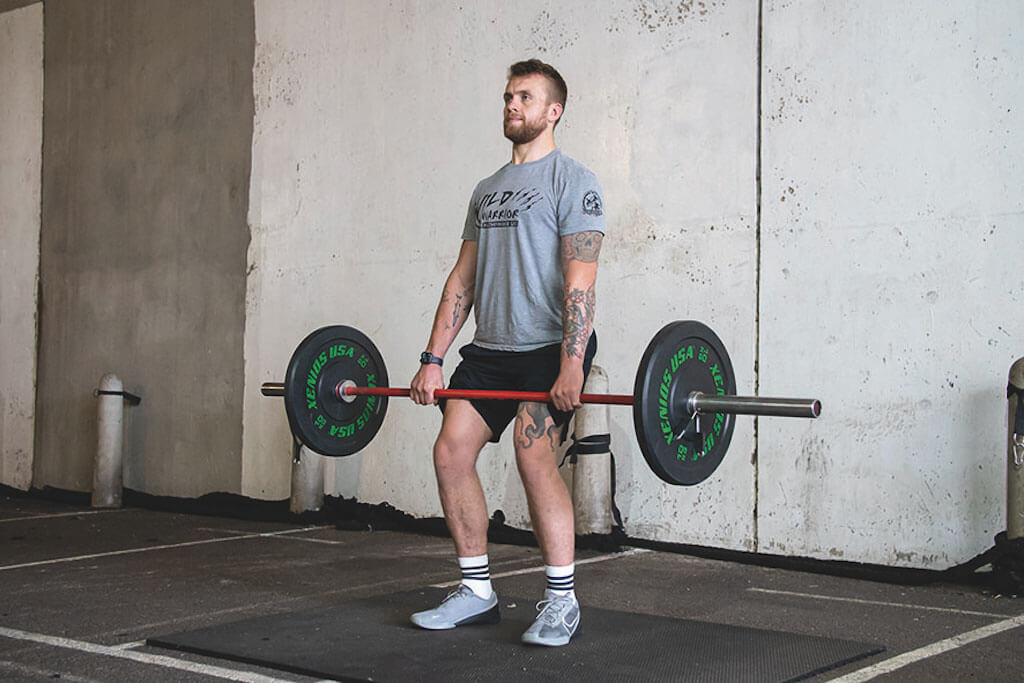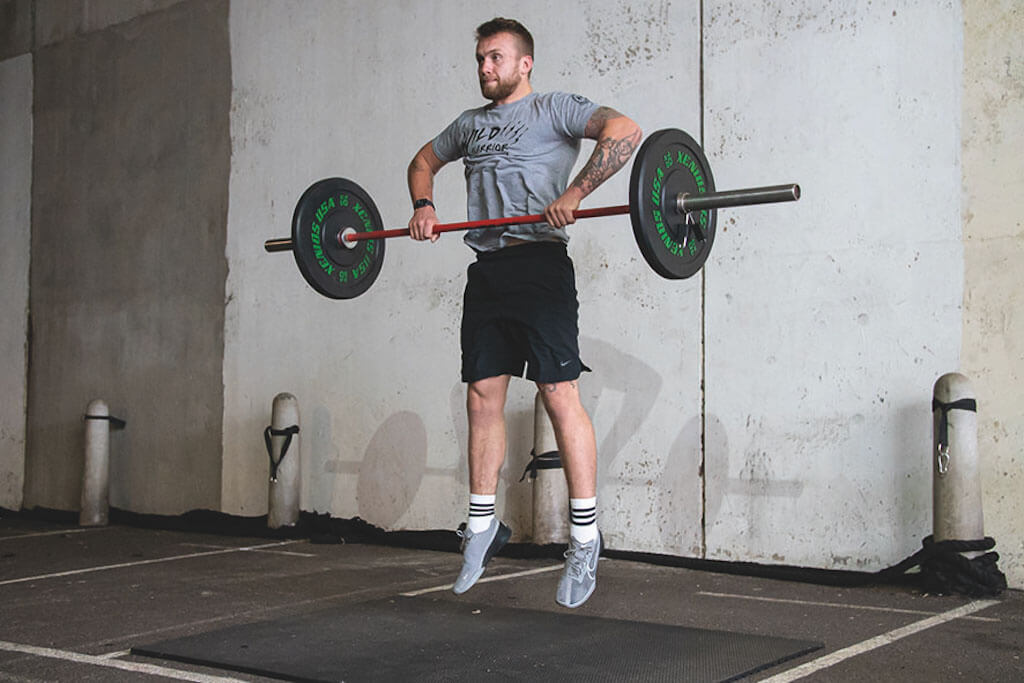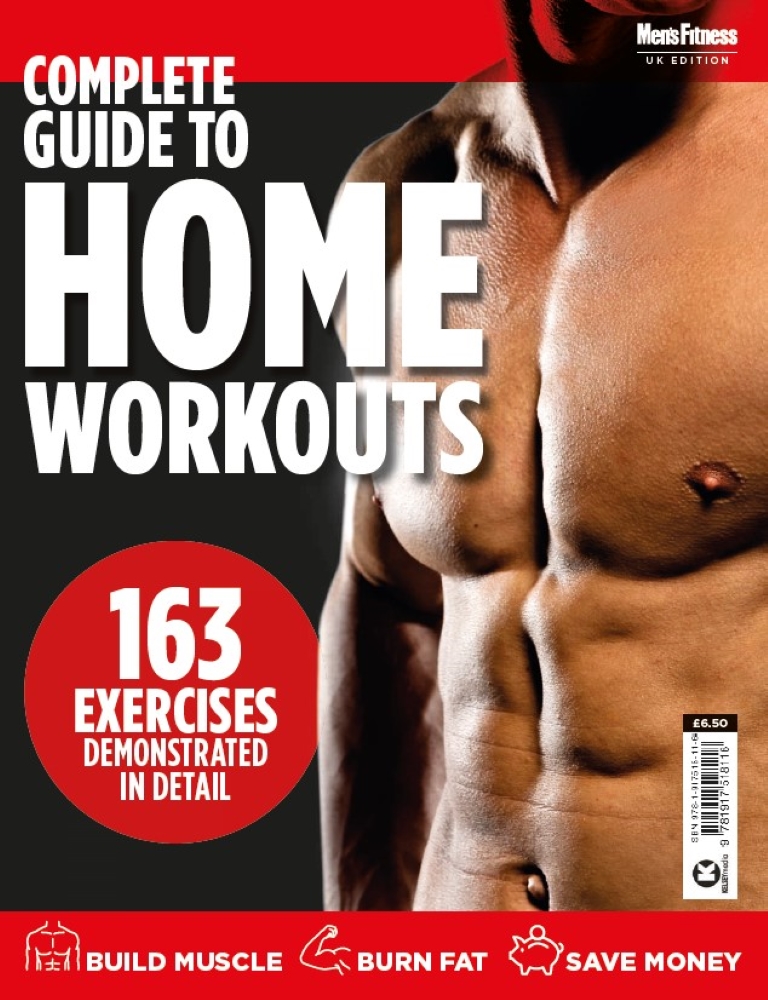As a training system, Olympic lifting is fantastic for many different reasons, and it has featured in my own training for over a decade – but not in the purest sense. I don’t actually train the two competition lifts (snatch, and clean and jerk) very often. If you aren’t competing and you just want to get stronger and fitter, you don’t need the whole lifts.
I believe there are component parts of those two lifts that are much faster to learn safely, and therefore faster, to get athletes working at relevant intensities to maximise their gains from their training. Injury rate is a headline that CrossFit often has to defend, and whether there is any real data or not on injury rates relating to Olympic lifting, it is highly technical and takes a lot of time to learn how to do well.
Flexibility focus
The main limitation for most people who want to learn Olympic lifting is flexibility. I like that, because it makes people wanting to be strong accountable for their movement quality as well, which is a good balance to have.
The trouble is, flexibility can’t be forced and it takes time to develop, so if you lack the flexibility to perform the full Olympic lifts well, you are either going to lose motivation quickly, or get injured trying to move a weight you don’t have the movement quality to lift properly.
I’ve broken down the snatch, and clean and jerk, into two component lifts each. I train these movements all the time for myself and my clients. While they require an amount of skill to perform well, they put less emphasis on mobility and coordination than the full lifts.
SNATCH PROGRESSIONS
Snatch-Grip Deadlift
This is an amazing exercise for strengthening your deadlift mechanics. The wide snatch grip makes your upper back work a lot harder, which will help develop strength in your traps.
You will also be lifting the bar from lower than a normal deadlift set-up, so it’s a great way to become stronger in the bottom part of your deadlift.
Set up for the deadlift with a snatch grip, so your arms are wide enough for the bar to sit across the crease of your hips when locked out.
I find a narrower stance works better, with your feet turned out so you can push your knees out wide and keep your spine nice and upright.
- Take a deep breath and engage your lats hard to create tension down your back.
- Drive through your hips, so from the moment you start the lift your hips are travelling towards the bar.
- Lower the bar slowly and let it rest on the floor before you start your next rep – no tap-and-go reps.
Overhead Squat
Master the overhead squat before you try doing the snatch; you’ll have a lot more fun and be less likely to injure yourself. I really like this exercise for creating postural awareness and balance, as well as back strength.
- Perform a power snatch, or take the bar out of a high rack to start.
- Lock the arms out with a snatch grip and keep the palms facing up as much as you can, so the weight is in the bottom of your forearms. Keep your head up and pick a spot to look at just above your eye line.
- Take a deep breath in as you start your descent. The focus should be on depth, while keeping the bar balanced above the crown of your head.
- Take a pause at the bottom of the rep, then drive back up to the top.
CLEAN & JERK MOVEMENTS
Jumping High Pull
If Olympic lifts help athletes increase vertical force, then a jumping high pull is as good as it gets. You perform triple extension maximally, and that’s it.
There’s no need to perform a technical catch of the bar: grip it and rip it. You can perform these from the floor or from a hand position. Quality over quantity, so rest after each rep and check your form as you get tired. I’d stick to reps of less than 6 for this sort of drill.
- Either set up in a hang position just below the knees or a deadlift position with your feet hip-width apart.
- Drive up maximally, extending your knees, hips and ankles in that order. Your aim is to take off from the floor in a vertical line, making sure your spine is upright as you jump.
- The bar should travel in a vertical line really close to your body. You shrug the bar and then pull it up after you have completed the triple extension jump described above.
- Land soft and take your time to reset for the next rep.
Drop Drill
I’ve been lucky enough to spend some time training with GB strength and conditioning coach Andy Hudson. He helped me evolve my training in a big way, and this drop drill is one gem he showed me to encourage people to remember a decent clean is about racing the bar to the bottom.
So often people put too much emphasis on lifting the bar up, which can slow the lift down. This drill will help sort that issue out.
- Deadlift the bar and fully extend your knees, hips and ankles. Arms stay locked out, but you also need to shrug your shoulders. Essentially, you remove the ability to lift the bar up.
- When you are balanced, lift your knees and drop into a deep squat while setting up to rack the bar in the clean position.
- The drill is simply about practising dropping your body under the bar fast enough so you can catch it in a decent rack/clean position.
- One cue I often use is that rather than pulling the bar up, I’m trying to pull my body under the bar.
Words: James Griffiths
Photography: Simon Howard

